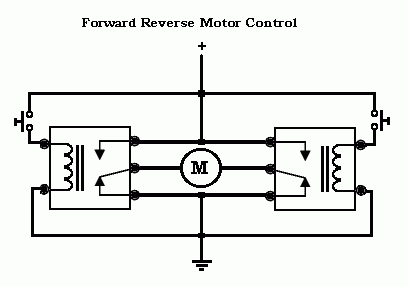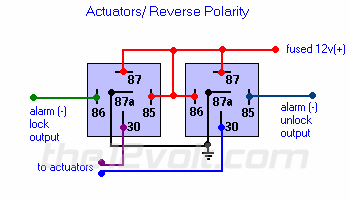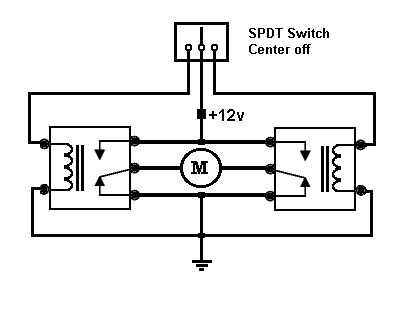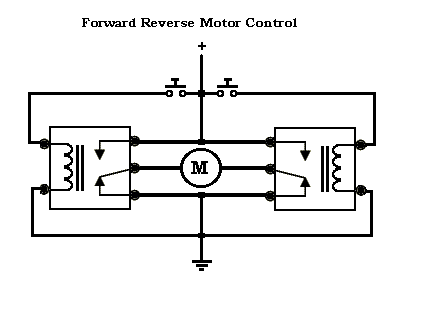Posted: June 30, 2007 at 12:53 PM / IP Logged
Posted: June 30, 2007 at 1:28 PM / IP Logged
Posted: June 30, 2007 at 5:14 PM / IP Logged
Posted: June 30, 2007 at 5:22 PM / IP Logged
Posted: June 30, 2007 at 5:33 PM / IP Logged
Posted: June 30, 2007 at 5:36 PM / IP Logged
Posted: June 30, 2007 at 5:40 PM / IP Logged
Posted: June 30, 2007 at 7:40 PM / IP Logged
Posted: June 30, 2007 at 7:46 PM / IP Logged
Posted: July 04, 2007 at 3:41 PM / IP Logged
 Printable version
Printable version


| You cannot post new topics in this forum You cannot reply to topics in this forum You cannot delete your posts in this forum You cannot edit your posts in this forum You cannot create polls in this forum You cannot vote in polls in this forum |

| Search the12volt.com |
Follow the12volt.com 
Saturday, December 6, 2025 • Copyright © 1999-2025 the12volt.com, All Rights Reserved • Privacy Policy & Use of Cookies


Saturday, December 6, 2025 • Copyright © 1999-2025 the12volt.com, All Rights Reserved • Privacy Policy & Use of Cookies
Disclaimer:
*All information on this site ( the12volt.com ) is provided "as is" without any warranty of any kind, either expressed or implied, including but not limited to fitness for a particular use. Any user assumes the entire risk as to the accuracy and use of this information. Please
verify all wire colors and diagrams before applying any information.













 You know, that's actually the same setup you already posted in your second diagram, I guess what threw me was the two separate switches shown in that one. Your latest one with the SPDT switch made me see the light-
You know, that's actually the same setup you already posted in your second diagram, I guess what threw me was the two separate switches shown in that one. Your latest one with the SPDT switch made me see the light-  Good job-
Good job-
